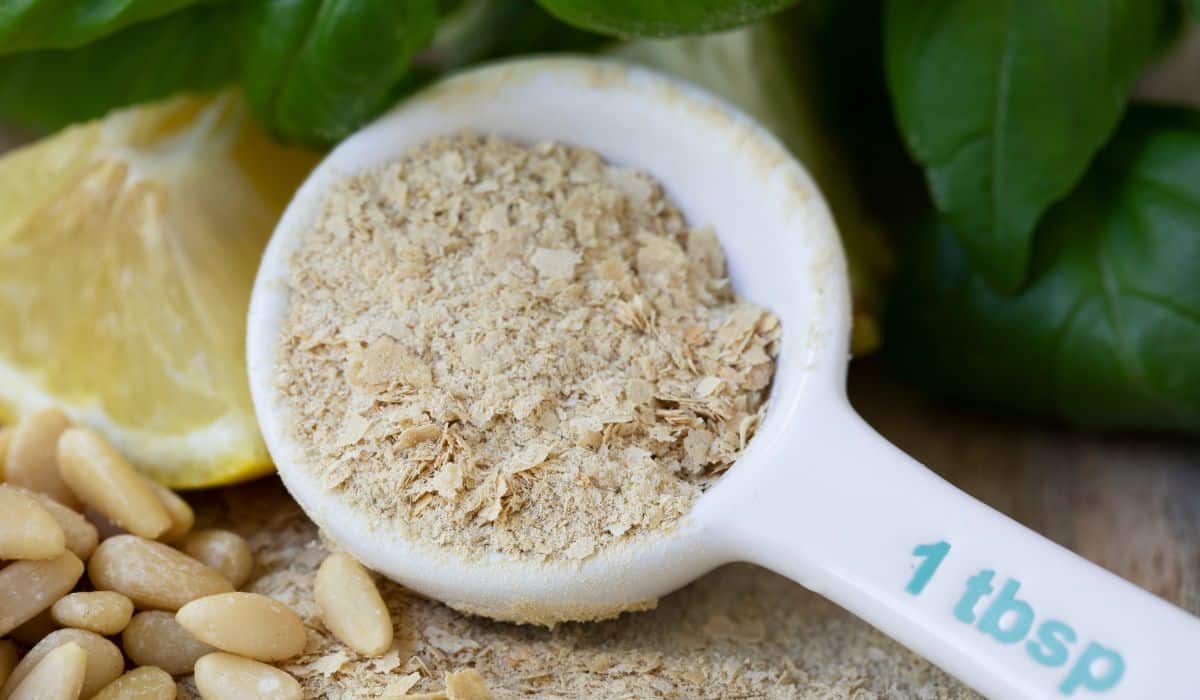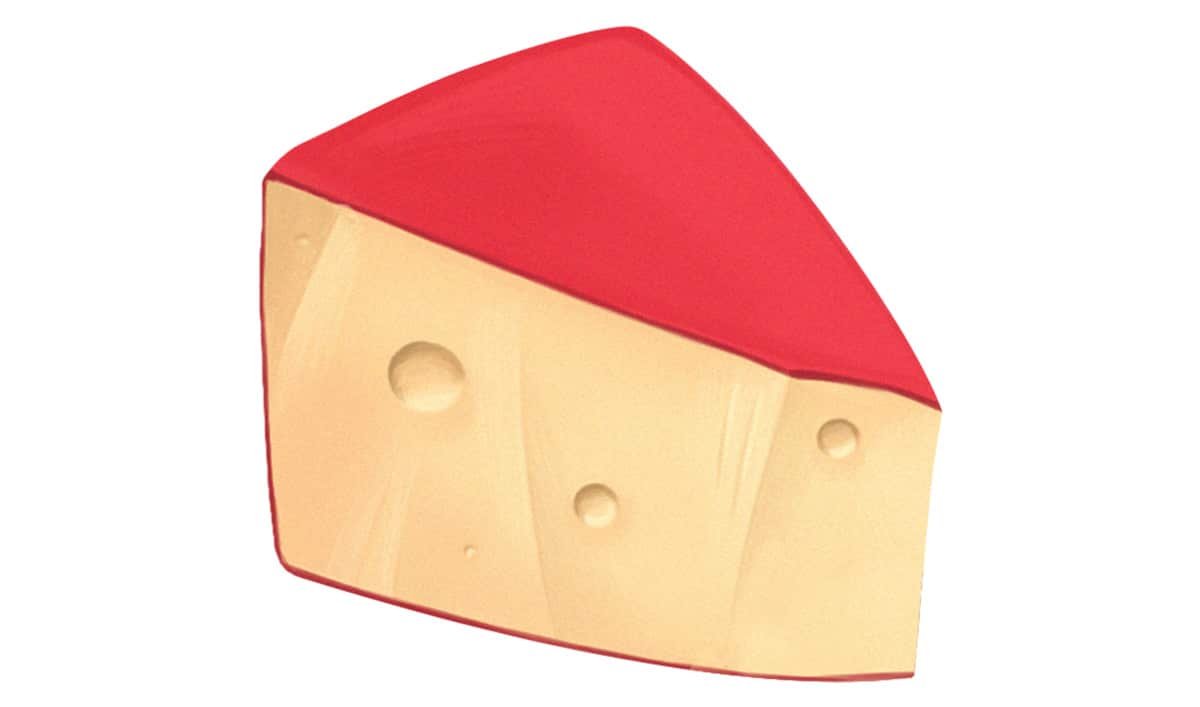
As we hunker down into the winter season, everyone is craving rich comfort food - Mac and cheese, chili, hearty stews, mashed potatoes...
Well, here's one Paleo-friendly seasoning to supercharge your cold-weather recipes with extra umami and just a hint of cheesy goodness: nutritional yeast! It kind of sounds like something you'd be forced to eat in a vegan penitentiary, but it's actually very tasty and reasonably nutritious - plus, it's even keto-friendly.
What actually is nutritional yeast?
Most people are at least a little bit familiar with the culinary uses of yeast in non-Paleo foods. It’s what makes bread dough “rise,” for example. The exact species of yeast that we call “nutritional yeast” is actually the very same type that brewers use to ferment beer and wine (although the yeast itself has no alcohol and can’t get you drunk).
But even though it’s used to make all these non-Paleo foods, the yeast itself isn’t concerning from a Paleo perspective. Yeast is an ingredient in bread, but it isn’t a grain and doesn’t contain any gluten. It’s used to ferment beer and wine, but the yeast on its own doesn’t contain any alcohol and can’t get you drunk. The yeast itself is really just a single-celled type of fungus with some interesting nutritional benefits and a delicious taste.
Nutritional Information
The short version: it's solid on nutritional value, especially if you limit or avoid meat.
Protein, carbs, and fat (macronutrients)

Nutritional yeast is a seasoning, so it's not like anyone is going to get a significant percentage of their calories from it. But even in reasonable seasoning-type amounts, it does contain a noteworthy amount of protein and relatively few carbs.
One highlight is definitely the protein. Nutritional yeast has about 3.5 grams of protein per tablespoon (bear in mind that exact numbers will depend on the specific brand). To put that in perspective, one egg has about 6.5 grams of protein, one medium-sized chicken drumstick has about 14, and one cup of nonfat plain yogurt has 14 grams. It's not like you can really get a whole day of protein from nutritional yeast, but it's a nice bump - especially for people who may be trying to reduce how much meat they eat and want something besides eggs all the time.
As for carbs, one tablespoon of nutritional yeast has about 1.5 grams of net carbs (about 3 grams total, with about 1.5 grams of fiber - again, bearing in mind that different brands will vary slightly). So used as a seasoning or salad sprinkle, it fits pretty easily into a low-carb or even keto plan. Maybe not an everyday food for the really strict keto purists, but definitely something you could work in.
Vitamins and minerals (Micronutrients)
Vegans famously love nutritional yeast for the B vitamins - the exact nutritional content varies a bit depending on the manufacturer, but in general, nutritional yeast is high in B vitamins, especially B1 and B2.
Some varieties are also fortified with iron or vitamin B12 - but if it’s not specifically fortified with B12, nutritional yeast has no B12 of its own. The idea that the yeast itself makes B12 is a myth. Not that Paleo eaters really have any cause to worry about vitamin B12, since you get tons of it from any kind of meat or seafood that you eat, but if you have any vegan friends who think this, definitely make sure they’re getting a supplemented brand!
So, basically the stuff is reasonably nutritious, even in the amount that most people will typically eat (about a tablespoon or so in a serving). On the other hand, if you’re eating a decent Paleo or Keto diet, there’s no real reason to seek out nutritional yeast as a special supplement or make extreme efforts to eat it on a regular basis. And if you can’t stand the taste, just skip it; you’ll be fine.
Cooking with Nutritional Yeast
Nutritional yeast is usually sold as a jar full of yellow flakes - you can sprinkle them directly on foods or stir a spoonful or two into sauces and other dishes. Yeast is a wonderful Paleo-friendly seasoning because it has such a great, savory, cheesy taste. It also gives savory foods a flavor boost because it naturally contains glutamine, a protein with a very strong savory “umami” flavor
If you're curious about nutritional yeast and want to try it out, the recipes can be as simple or as complicated as you have time for.
As a cheese substitute

Most people find the taste of nutritional yeast to be very similar to cheese, so it's a common cheese substitute in Paleo and vegan recipes. You can use it in anything from sauces to casserole dishes to Paleo Mac and cheese - think recipes where you would typically shred or melt the cheese. One tasty substitution: if you used to love baked or mashed potatoes with cheese, try them with some butter or lard, a sprinkle of nutritional yeast, and some crunchy green onions and/or bacon bits. Sweet potatoes work just as well if you're scared of white potatoes for some reason (although there really isn't any reason to be).
Since nutritional yeast comes in tiny flakes, unfortunately it doesn't work super well in grilled cheese, crackers and cheese, or similar. If the recipe depends on a big chunk of cheese, try nut-based cheese substitutes instead.
As an all-purpose seasoning
Maybe you eat dairy as part of your normal Paleo or keto life, so your life is already cheesy without any yeast. Maybe you prefer almond milk cheese or some other non-dairy alternative. Or maybe you're just one of those folks who prefers to eat Paleo foods for what they are and not dress them up and pretend they're something else.
In any case, nutritional yeast still makes a very tasty seasoning sprinkle for any kind of vegetables or meat. Throw it on roasted Brussels sprouts, a pan full of fried cabbage and onions, some chicken stir-fry, fried eggs, shakshuka, or anything else that tastes good with a savory flavor boost.
It's also good on nuts as a crunchy snack - it's a bit like popcorn seasoning but without the gunk. Combine it with chili powder, garlic powder, black pepper, or whatever else you like to highlight the flavor.
What’s your favorite nutritional yeast recipe?
Got a no-fail sauce or recipe to share? Let us know on Facebook or Twitter!





Leave a Reply